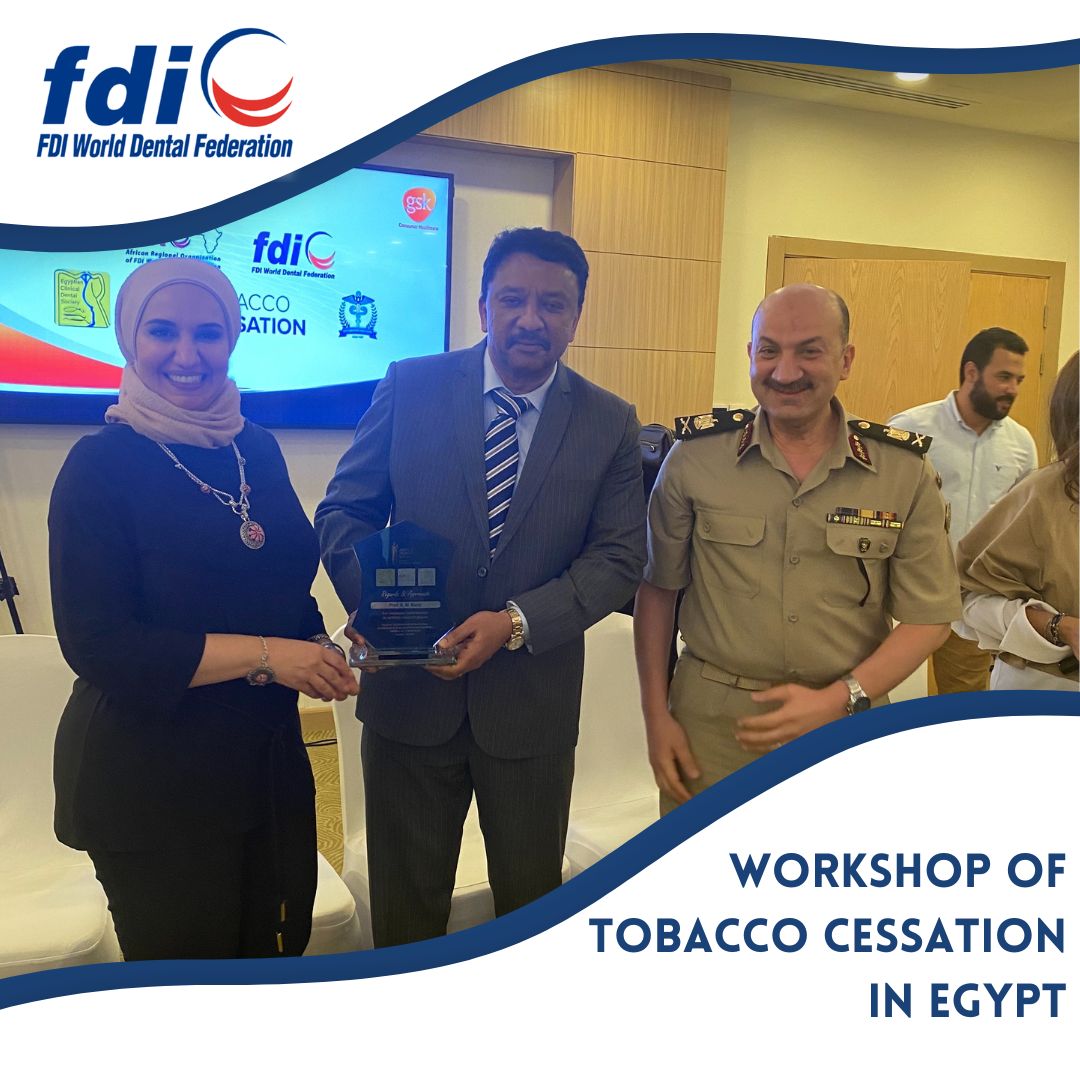Contents
The patient undergoes root canal therapy for left upper central and lateral incisors
The patient is a 20-year college-going male from Chennai in Tamil Nadu, India. He is an avid sportsman and has been involved in sports from a young age. Around five years ago, while playing football, an opponent’s head had crashed against his upper left central and lateral incisor teeth.
Since it had been around the time of his tenth board exams, he had self-medicated with analgesics without visiting the dentist and the pain had subsided. A few months later, he noticed that the crowns of both teeth had turned slightly darker. There was also a dull ache in the region. He had rushed to his family dentist who had informed him that the two incisors had turned nonvital due to the injury.
Nonvital tooth root canal treatment successfully completed on the two upper incisors
Root canal therapy had been advised for the two teeth and had been successfully completed. The pain subsided completely. Ceramic crowns had been advised by the dentist for the two teeth. The patient had however completely forgotten about that and had got on with the business of daily living.
Reinjury to the same two teeth while playing competitive cricket with friends
A few days ago, the patient had been playing cricket with his friends. There was a repeat of the previous accident when he collided with another fielder while trying to complete a difficult catch. This had ended badly for him with the lower half of his lateral incisor cleanly breaking off.
There was a lot of pain in the region following the collision. It was only after he got back home that he noticed that the central incisor was mobile.
His parents immediately rushed him to their dentist. He obtained radiographic images of the two teeth and explained to them that there was a horizontal root fracture of his central incisor. Explaining further, he said that the tooth had to be extracted. Realizing that the tooth would be lost, the patient wanted a dental implant to replace the missing tooth.
Necessity for atraumatic extraction of fractured tooth fragments for implant success
The dentist explained to them that the broken root fragment had to be removed atraumatically to ensure that the socket structure was preserved. This would have to be done very skillfully as a root canal treated tooth would be brittle and prone to crumbling. He said that this was imperative for successful dental implant surgery.
The American Association of Endodontists advocates this treatment protocol for horizontal fractures of anterior teeth. Artificial teeth in the form of porcelain crowns are fitted onto the implants. Gum tissue modification or bone grafting is not necessary per this protocol. There are also other types of crowns including zirconium used for this treatment.
The dentist had informed parents that they needed to get this done at a specialty dental implant hospital. He had then referred the patient to us for further management.
Our hospital is a specialty center for dental implant placement. We are amongst the first centers in the city to offer successful graftless implant rehabilitation using zygoma implant surgery. Over 25000 patients have been successfully rehabilitated in our hospital with premium quality dental implants in the last decade.
Implant-supported dental crowns are fabricated in our state of art in-house dental laboratory. Dental professionals trained in quality control procedures oversee the entire process. These permanent crowns are fixed over dental implants to offer permanent rehabilitation. Dental cement and luting agents used are of the highest quality thus ensuring very high long-term survival rates.
We also place temporary crowns over the dental implants during the fabrication process of the permanent crowns.
Initial presentation for fractured tooth extraction and dental implant placement
Dr. SM Balaji, dental implant surgeon, examined the patient and obtained imaging studies. These revealed the horizontal root fracture in the middle third region of the tooth. He explained the treatment plan to the patient and his parents who readily consented to the procedure.
After administration of local anesthetic, the coronal portion of the fractured tooth was extracted with the extruding root canal obturation material. An endodontic file was then carefully threaded through the broken apical fragment, which was carefully removed without any trauma to the socket.
Following the successful removal of the fractured tooth, a Nobel Biocare implant was carefully placed into the extraction socket. The flap was then closed with sutures. Dental implant osseointegration to the socket would take approximately four months. The patient was instructed to return in four months for placement of a ceramic crown on the implant.
The patient and his parents expressed understanding of the instructions and will return for ceramic crown fixation.




